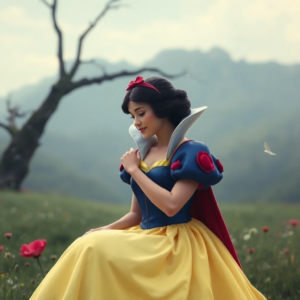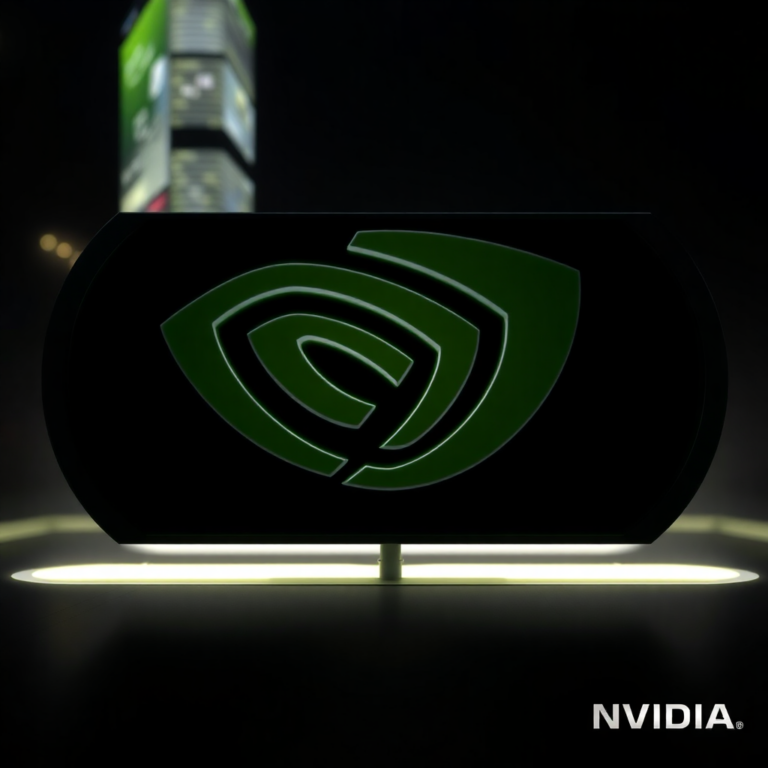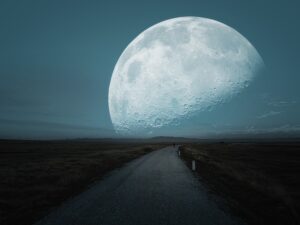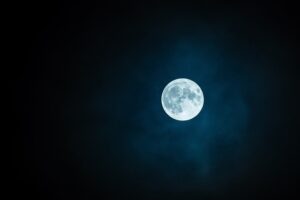Have you ever noticed a faint glow on the crescent moon that seems to light up the entire lunar disk? This captivating phenomenon, known as the “Da Vinci Glow,” is named after the famous artist and polymath Leonardo da Vinci, who first documented it in the 16th century. This week, you’ll have a unique opportunity to witness this enchanting sight. In this blog post, we’ll explore the science behind the Da Vinci Glow, and offer expert tips on how to best observe the crescent moon illuminated by Earthshine.
What is the Da Vinci Glow?
The Da Vinci Glow, also known as Earthshine, is the result of sunlight reflecting off the Earth and illuminating the shadowed part of the moon. When the moon is in its crescent phase, this reflected light from Earth can be particularly striking, creating a subtle glow that allows observers to see the entire lunar disk, despite only a small portion being directly illuminated by the sun.
Leonardo da Vinci was the first to explain the science behind this phenomenon in the early 1500s, stating that Earth’s atmosphere, clouds, and oceans play a significant role in reflecting sunlight towards the moon. The term “Da Vinci Glow” pays homage to his groundbreaking observation and explanation.
How to Observe the Da Vinci Glow
To see the Da Vinci Glow at its best, follow these expert stargazing tips:
Timing is key: The Da Vinci Glow is most visible during the crescent moon phase, which occurs a few days before and after the new moon. This week, the prime time to observe the Earthshine-lit crescent moon is during the early evening, just after sunset.
Choose a dark location: Find a spot away from city lights and light pollution to enhance your viewing experience. The darker your surroundings, the more vivid the Da Vinci Glow will appear.
Let your eyes adjust: Give your eyes at least 10-15 minutes to adjust to the darkness before attempting to observe the crescent moon. This will allow you to better perceive the faint glow on the lunar surface.
Use binoculars or a telescope: While the Da Vinci Glow is visible to the naked eye, using binoculars or a telescope can further enhance the experience by providing a closer view of the moon’s features.
Capture the moment: If you’re interested in photographing the Da Vinci Glow, use a tripod to stabilize your camera and experiment with different exposure settings. The ideal settings will vary depending on your camera and the specific conditions on the night you’re observing.












